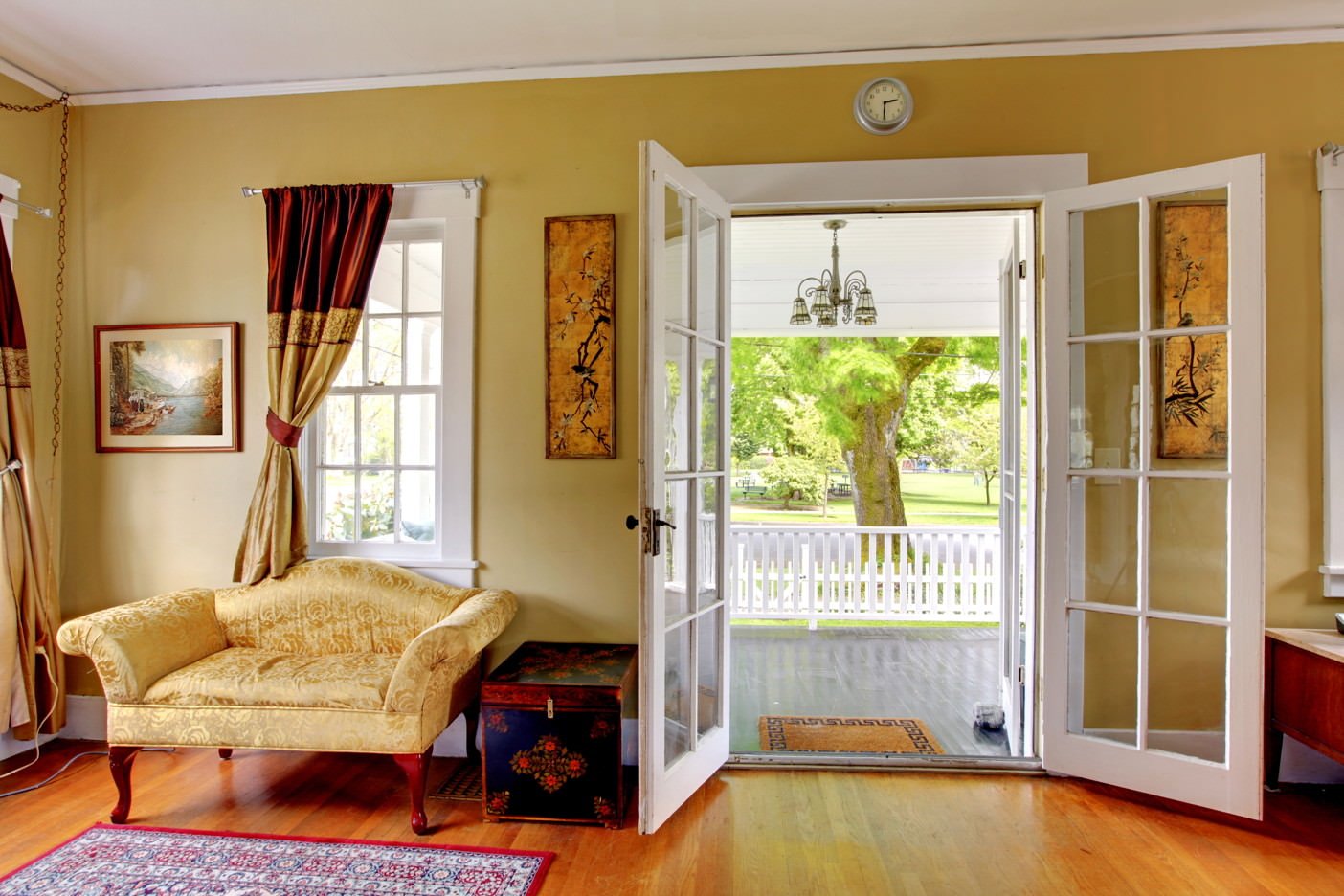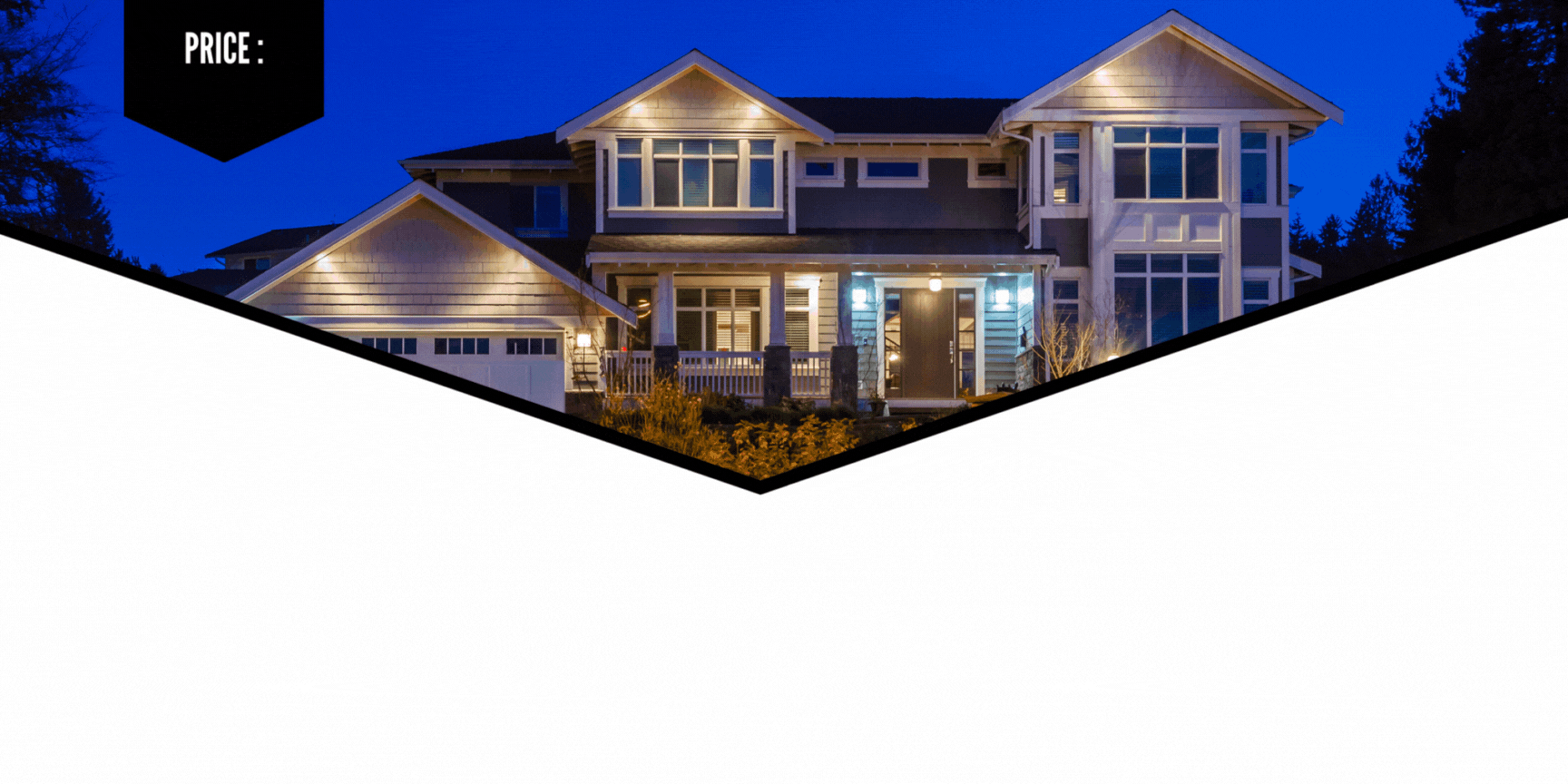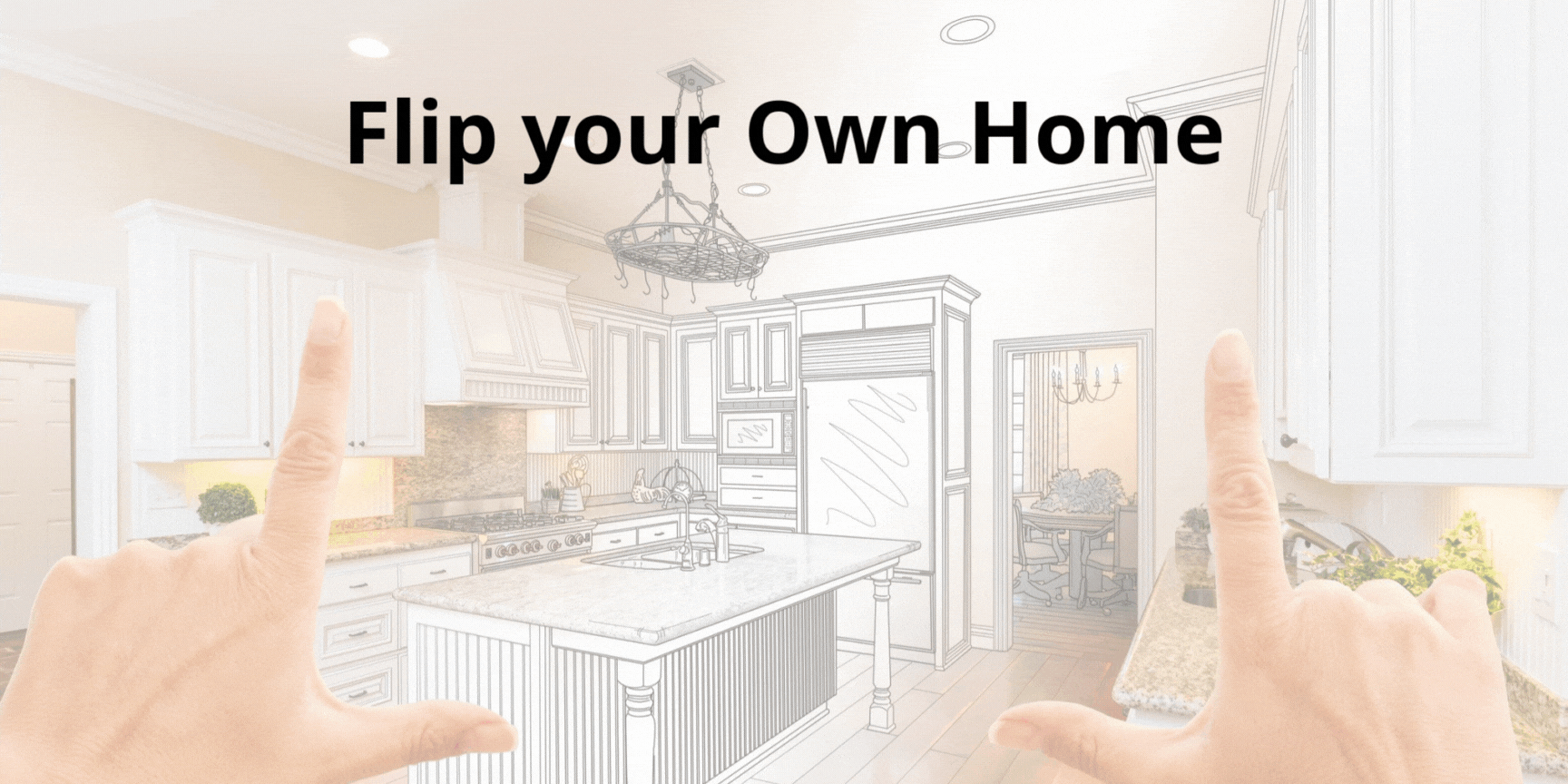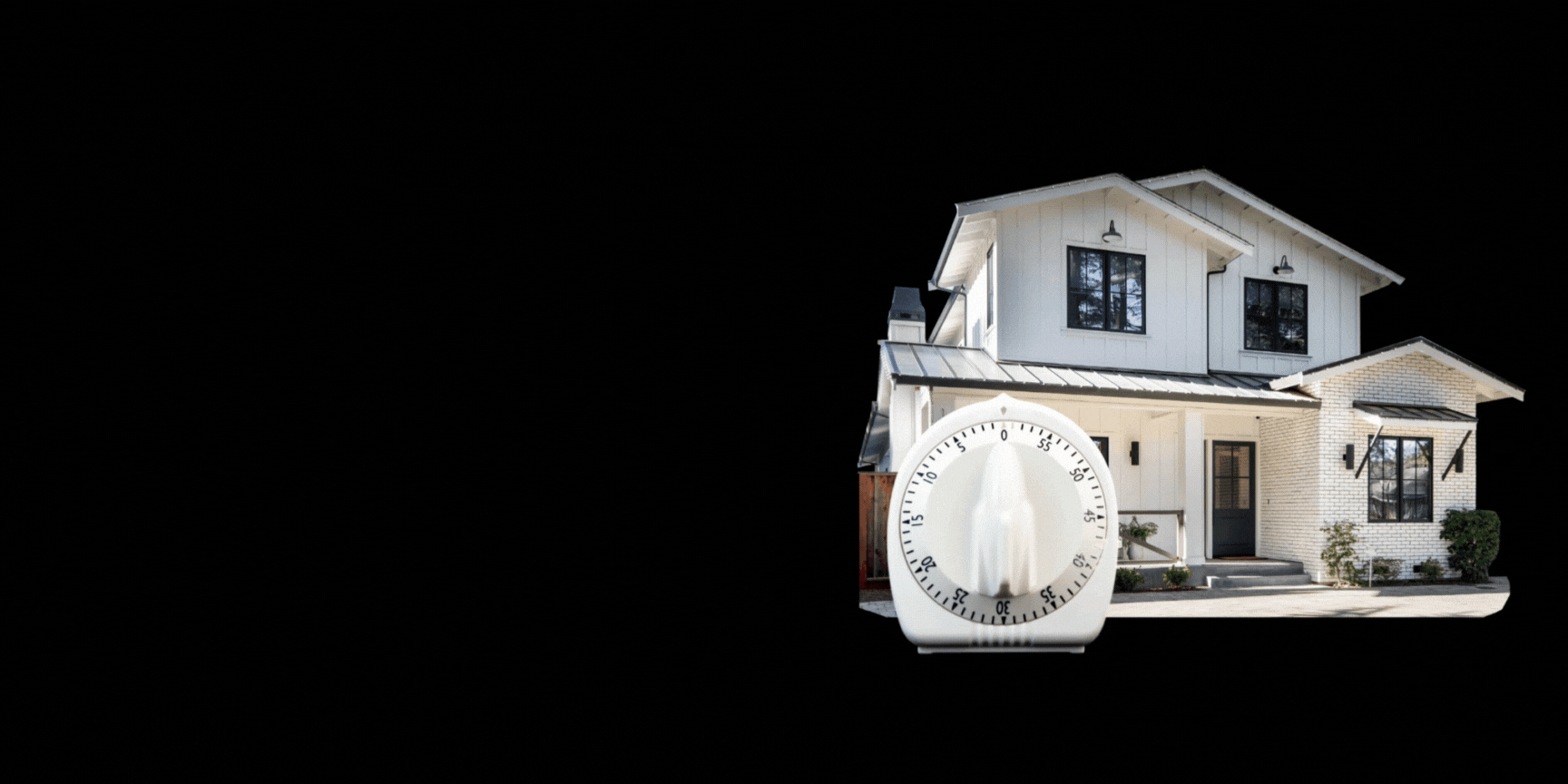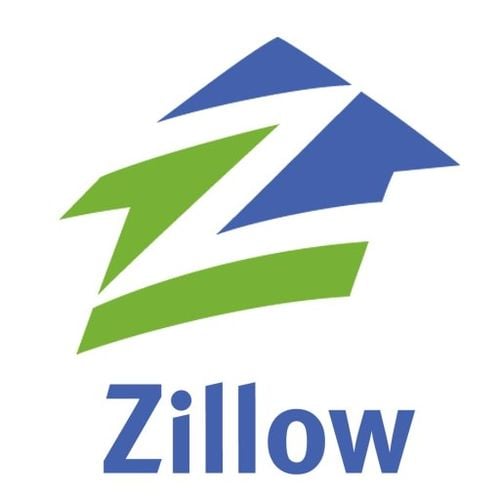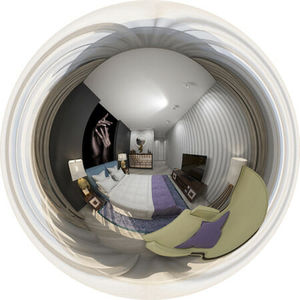
Virtual Staging in Real Estate
As the world becomes ever-more digitized, the way that we market and sell real estate is continuing to evolve, at a rapid pace. Virtual staging in real estate is one of the newest and hottest marketing trends. I recently had a couple of my listings virtually staged, and I wanted to share the photographs with you so you can get an idea of what virtual staging can – and cannot (yet) – do.
First though, what is staging? To quote myself:
The goal of home staging is to make a home appealing to the highest number of potential buyers by transforming it into a welcoming, attractive place.
A lot goes into physically staging a property, and it’s much more than just artfully arranging furniture and home decor. Whether they realize it or not, most sellers do engage in some degree of staging their home – they pack up at least some of their belongings, do some cleaning, maybe a little painting. Even these “simple” things will increase appeal, and count as staging in my book. Arranging the furniture and decor – either using the services (and furnishings) of a professional stager (or just doing it yourself) is the icing on the cake.
Using a professional stager usually costs several thousand dollars – and possibly a lot more, especially if you end up having the staging furniture in place for several months. It’s no surprise that a lot of sellers will balk at this ongoing expense. And that’s where virtual staging can come into play.
I have two such listings right now. The homes were carefully prepared for sale, but there was nothing left in the budget to pay for physical staging. I’d been thinking about using virtual staging for quite some time, so I finally bit the bullet, pulled out my credit card, and had the virtual stager go to work.
My thoughts are that the results were excellent – but the bullet I bit is by no means magical. Today, virtual staging in real estate mostly involves digitally enhancing still photographs. Aside from the price you set on your property, the #2 most important aspect of marketing your home is the photographs you use. Therefore, anything you can do to make the photographs more eye-catching, the better. This includes virtual staging.
But awesome photos won’t help very much when buyers are actually standing in the home itself. As few buyers will make an offer sight unseen, the fact that I have done some virtual staging probably will not have nearly the same impact as actually staging the property with carefully chosen and placed furnishings and artwork. After all, the decision to buy a home is mostly an emotional one, and physically staging a property helps create a feeling that makes buyers feel like this could – or should! – be their home.
The Future of Virtual Staging in Real Estate
In the future, though, I can see virtual staging in real estate as having a lot more punch. We already have things like the Matterport 3D scanner to create a 3D visualization of a home; soon, we’ll see whole homes virtually and dynamically staged – changing wall colors, flooring, adding furniture or removing walls – in real time, at your command, as you watch through your VR glasses.
I envision listing agents placing VR glasses in a home, allowing you to use AR (augmented reality) to virtually enhance the home as you walk through it, to blend the best of the real and virtual worlds to let buyers who lack imagination see what the home could be, once the keys are in their hot little hands. Once this technology becomes mainstream, the art of marketing real estate will take a generational leap forward.
